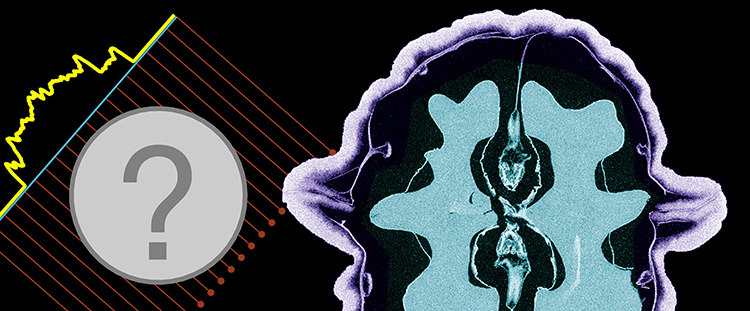Event Details
Date & Time
Friday, Mar 01, 2019 12:00 PM - 1:00 PM
Department
Mathematics
Location
Wolff Auditorium at Jepson Center
Event Type & Tags
About This Event
X-ray images were invented in the late 19th century and immediately found applications in medicine: bone fractures could be easily seen in radiographs. In the 1970’s a new X-ray based innovation was introduced. Tomography, or slice imaging, revealed the inner structure of a patient point by point as a three-dimensional map of tissues. This opened up a new world for doctors as they could do precise diagnosing based on these "CAT-scans.” Tomography is based on recording X-ray images of the patient along many directions, and then using mathematics in a clever way for combining the information into a 3D image. This talk explains that process in simple terms. An important research topic in modern mathematics is to look for a way to do tomographic imaging with the least possible amount of radiation dose to the patient. This is based on a process called regularisation, also illustrated in the talk in an easy-to-understand way. Also: there is a fun quiz revealing natural tomographers among the audience.
About Dr. Siltanen
Dr. Samuli Siltanen is a Finnish mathematician mainly interested in inverse problems of medical imaging. He is a Professor of Industrial Mathematics at the University of Helsinki, and is a team leader in the Finnish Center of Excellence in Inverse Problems Research. The goal of his scientific work is to design efficient numerical methods that have a sound mathematical basis and solve real-world problems. He has published research articles dealing with Electrical Impedance Tomography (EIT), low-dose three-dimensional X-ray imaging, dynamic X-ray tomography, discretization-invariant Bayesian inversion, and the Novikov-Veselov equation.


